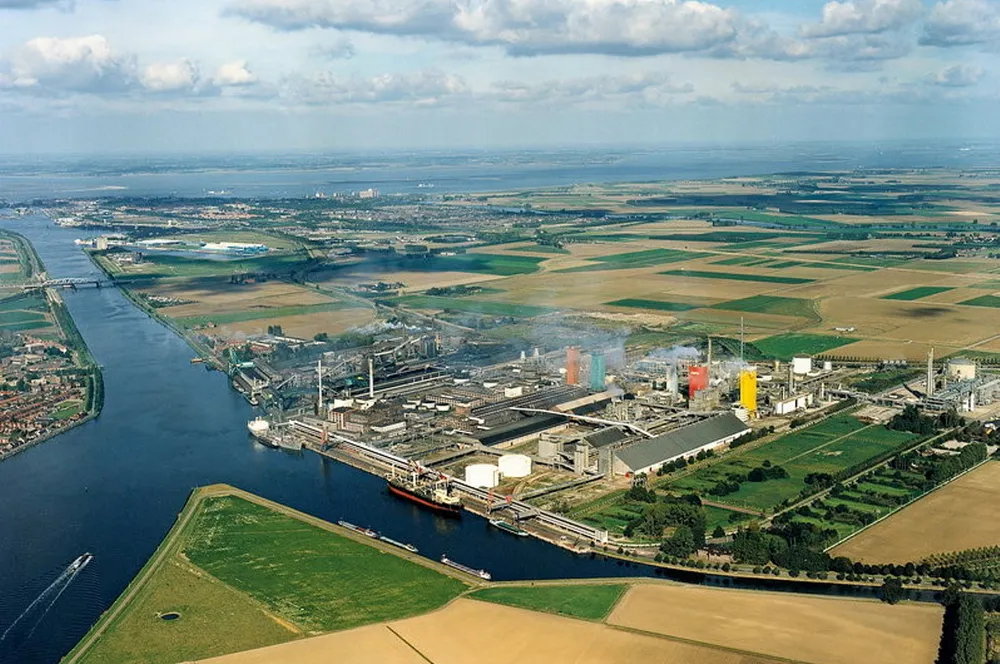H2 subsidies | The Netherlands grants €800m for over 1GW of green hydrogen projects for heavy industry
Dutch electrolyser support programme will supply renewable H2 for green steel, a fertiliser plant, oil refining and methanol production

Dutch electrolyser support programme will supply renewable H2 for green steel, a fertiliser plant, oil refining and methanol production
